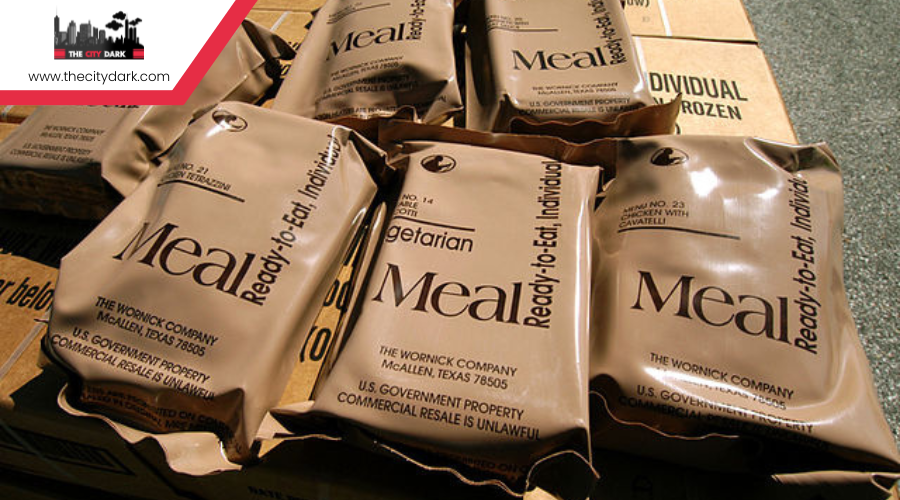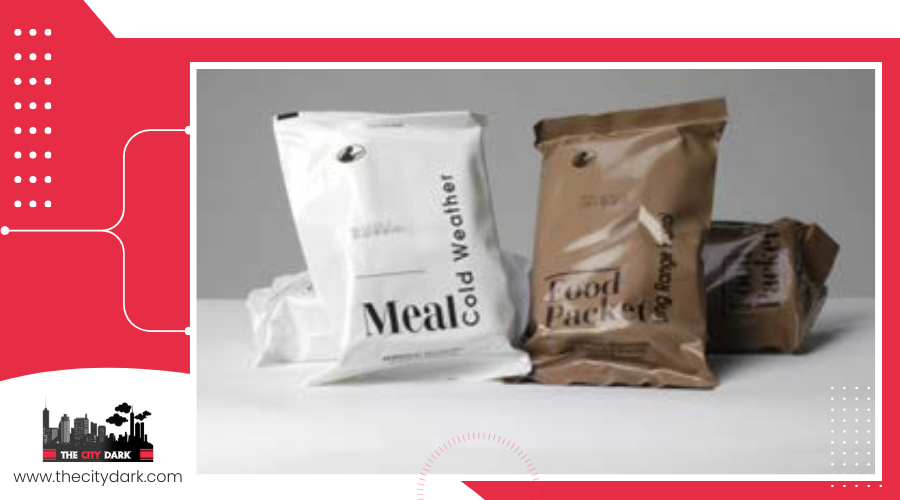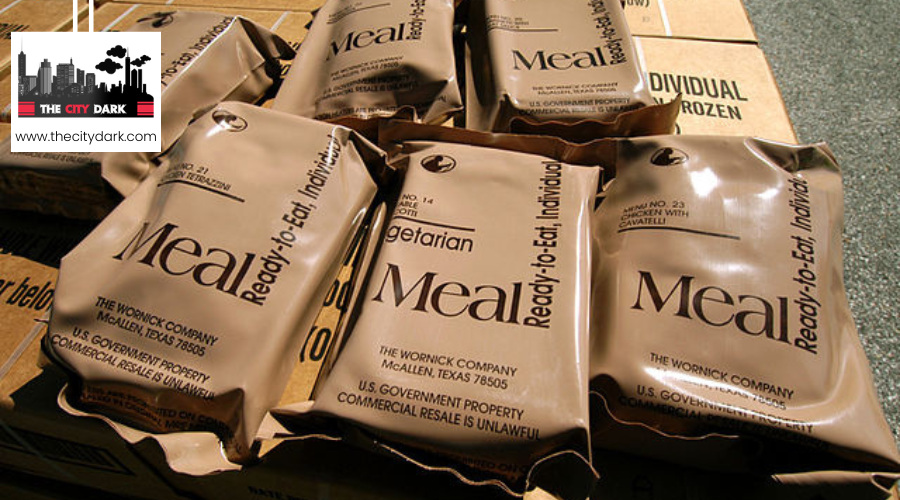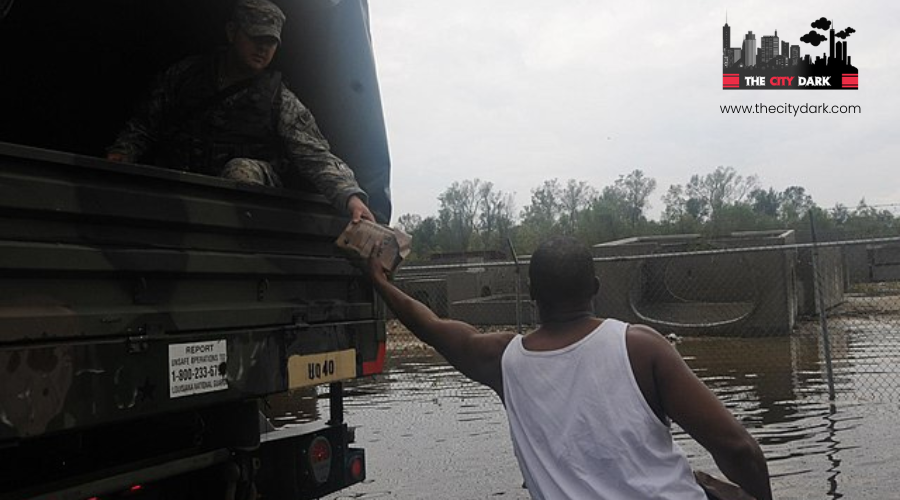Emergency Food Kits: What You Really Need
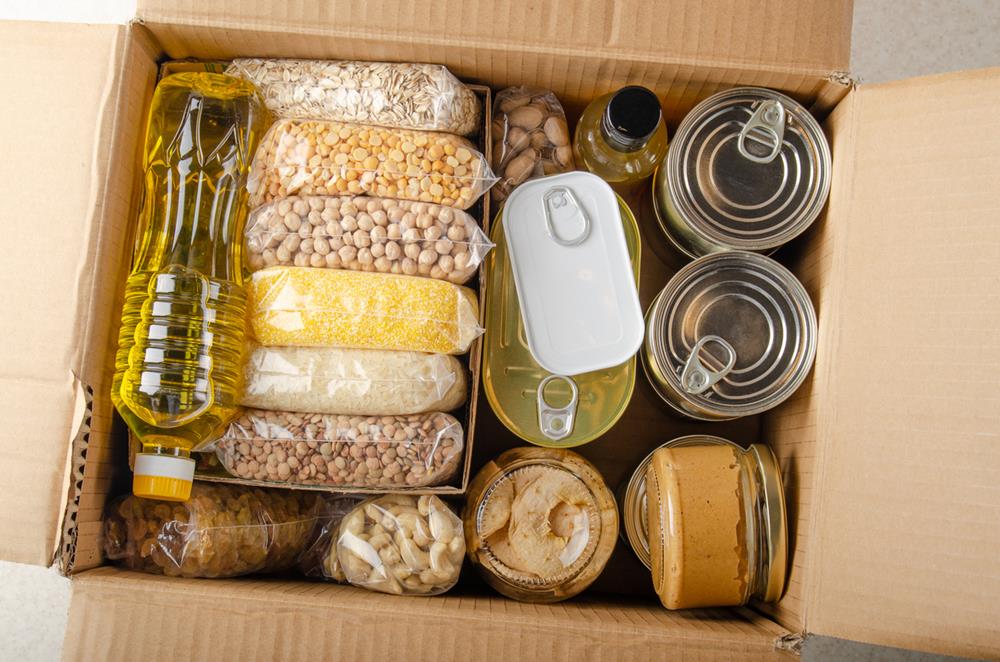
When disaster strikes, having an emergency food kit can make all the difference. Whether it’s a power outage, natural disaster, or unexpected crisis, a well-stocked kit ensures you and your family stay nourished when access to food is limited. But with so many options out there, it’s easy to get overwhelmed by flashy packaging and long lists of items. So—what do you really need in an emergency food kit?
In this article, we’ll break down the essentials, from calories and shelf life to portability and prep time, so you can build or choose a kit that’s practical, effective, and truly ready for anything.
| Category | Essential Items/Features | Purpose |
|---|---|---|
| Food Kit Essentials | - Freeze-dried meals (25–30 year shelf life) - MREs (Meals Ready to Eat) - Canned goods (rotated regularly) - High protein, balanced meals - Variety of meals (to avoid fatigue) | Provides reliable, shelf-stable nutrition and variety during emergencies |
| Nutrition | - 1,200 to 2,600 calories per day - Balanced protein, carbs, and fats - Vitamins A, C, D, E, K - Minerals: Calcium, magnesium, iron | Maintains energy, health, and mental clarity in stressful situations |
| Preparation | - Just-add-water meals - Minimal cleanup required - Portion-controlled pouches - Portable cooking device (e.g., Jetboil) | Ensures ease of use and flexibility during power outages or limited-resource situations |
| Water | - 1 gallon per person per day - 14 gallons per person for 2 weeks - Water filters or purification tablets | Prevents dehydration and supports meal prep in water-limited conditions |
| Supplements | - Multivitamins - Nutrient supplements | Fills nutritional gaps in emergency meals |
| Storage & Rotation | - FIFO method (First In, First Out) - Monthly checkups - Expiration date labeling - Canned goods: Rotate every 2–4 years - Dry staples: Store in cool, dark, dry place | Ensures freshness, reduces waste, and maintains a reliable supply |
| Recommended Brands | - Heaven’s Harvest - Augason Farms - Mountain House - Ameriqual (MRE) - ReadyWise | Popular and reliable brands offering a range of emergency food kits |
Understanding the Importance of Emergency Food Kits
When emergencies hit—whether it’s a natural disaster, power outage, or unexpected crisis—access to food can disappear in an instant. That’s why having an emergency food kit isn’t just helpful; it’s essential.
These kits are specifically designed to provide nutrient-rich, shelf-stable meals that can last anywhere from 5 to 30 years. They’re not just about convenience—they’re built to sustain energy, support mental clarity, and reduce stress when traditional food sources aren’t available.
According to FEMA, every household should have at least a three-day supply of food and water per person. Emergency food kits help you meet that goal with compact, calorie-dense options that require minimal preparation.
Including a variety of items—like low-sodium canned vegetables—can also help manage health concerns such as blood pressure, making your kit not only practical but thoughtful. Unlike everyday pantry items, these meals are specially formulated for emergencies, giving you peace of mind when it matters most.
Key Features to Look for in an Emergency Food Kit
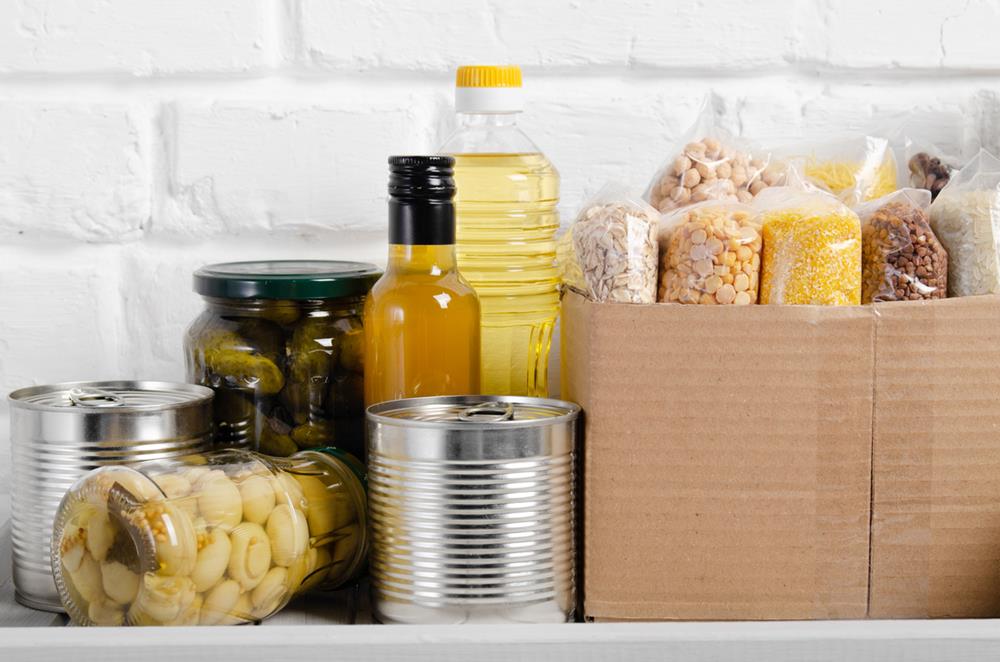
Choosing the right emergency food kit involves more than just picking what looks good on the shelf. Here are the essential features to look for:
Long Shelf Life
Look for kits with a shelf life of up to 25–30 years, such as those from Mountain House or Augason Farms, to ensure long-term reliability.Nutritional Balance
Ensure the kit includes a balanced mix of protein, carbohydrates, and fats to keep energy levels up and promote satiety during high-stress situations.Calorie Count
Aim for kits that provide 1,200 to 2,600 calories per day per person, depending on your activity level and household needs.Ease of Preparation
Choose just-add-water meals that require minimal cooking. These are ideal when power sources or cooking tools might not be available.Meal Variety
Look for kits with a wide variety of meals to avoid repetition and reduce food fatigue. Brands like Heaven’s Harvest are known for rotating menus that help boost morale.Portability & Durability
Consider MREs (Meals Ready to Eat) for on-the-go use. They’re rugged, shelf-stable, and designed to endure extreme conditions—perfect for emergency bags and disaster kits.
By prioritizing these features, you'll be better prepared to choose a kit that not only sustains you but also supports your overall well-being during emergencies.
Evaluating Nutritional Content and Shelf Life

Once you’ve identified the key features of an emergency food kit, it’s important to take a closer look at nutritional value and shelf life—two factors that directly impact your well-being during a crisis.
Shelf Life
Most emergency food kits offer a shelf life of 10 to 30 years, making them an excellent option for long-term preparedness. Proper storage conditions help maximize their longevity.Daily Calorie Range
Quality kits typically provide between 1,200 to 2,600 calories per day, supporting your body’s energy needs during stressful or physically demanding situations.Protein and Satiety
Look for meals with a high protein-to-calorie ratio to help keep you full and fueled. Kits with sufficient protein content help sustain energy levels and prevent fatigue.Essential Vitamins and Minerals
Comprehensive kits—like MREs (Meals Ready to Eat)—often include vital nutrients such as vitamins A, C, D, E, and K, as well as minerals like calcium, magnesium, and iron, all of which are crucial for maintaining health during extended emergencies.Preparation Simplicity
Most meals are shelf-stable and require only hot water, making them easy to prepare even in limited-resource environments.Ongoing Maintenance
To ensure quality and safety, regularly inspect and rotate your supplies. Check expiration dates and freshness so your kits remain reliable when it matters most.
By evaluating both nutrition and shelf life, you can build a food supply that’s not only long-lasting but also capable of supporting your health and stamina in any emergency.
Top Recommended Emergency Food Kits
View this post on Instagram
Selecting the right emergency food kit is essential for building a dependable supply that fits your needs, budget, and storage space. Here are some top-rated options to consider:
Heaven’s Harvest Entree Kit
Packs 15,720 calories into 12 meals, features a 25-year shelf life, and requires minimal preparation. Priced at $205.99, it’s a strong all-around option for general emergency preparedness.Augason Farms Lunch & Dinner Kit
Offers 21,170 calories with a shelf life of 10–30 years for just $99.99. It’s a budget-friendly choice with customizable meal options—ideal for families or first-time preppers.Mountain House Essential Bucket
Provides 6,120 calories and boasts a 30-year shelf life. Known for excellent taste and easy prep, it's priced around $126.00 and favored by outdoor enthusiasts and emergency planners alike.Ameriqual MRE (Meals Ready to Eat)
Supplies approximately 6,000 calories and requires no preparation. With a shelf life of 5–10 years and a price of $49.95, it’s great for grab-and-go kits or short-term emergencies.ReadyWise 120 Serving Bucket
Delivers 24,360 calories and a 25-year shelf life. It’s a high-volume option suitable for long-term emergencies or bulk storage solutions.
Each of these kits offers a unique balance of calories, shelf life, ease of use, and value—making it easier to find one that matches your preparedness goals.
Considerations for Meal Preparation and Storage

When choosing emergency food kits, it’s important to think beyond calories and shelf life—meal preparation and storage play a key role in practicality and long-term success.
Shelf Life Matters
Prioritize freeze-dried meals, which can last up to 25–30 years when stored properly. Their lightweight design and long shelf life make them ideal for emergency storage.Canned Goods Still Count
While canned items typically have a shorter shelf life, they’re still valuable. Use the First In, First Out (FIFO) rotation system to ensure you’re consuming older cans first and minimizing waste.Simple Preparation
Most freeze-dried meals require only hot water and minimal cleanup, often rehydrating directly in the pouch. This makes them convenient when resources are limited.Portion Control
Be aware of serving sizes—larger pouches may produce more food than needed, which can be difficult to store without refrigeration. Choose individual servings when possible or plan meals accordingly.Taste Test Regularly
Occasionally sample your stored meals to ensure they’re still palatable, fresh, and meet your expectations. This helps you stay confident in your preparedness plan.
By factoring in ease of use, rotation, and practical storage, you'll ensure your emergency food supply is both effective and realistic for real-world situations.
Additional Supplies to Complement Your Emergency Kit
A well-stocked emergency food kit is essential, but it's only part of a complete preparedness plan. Supporting supplies can significantly enhance your ability to stay safe, nourished, and comfortable during a crisis.
Water Supply
FEMA recommends storing at least one gallon of water per person per day, totaling 14 gallons per person for two weeks. If space is limited, consider water filters or purification tablets as a backup.Nutrient Supplements
Emergency meals may lack certain vitamins and minerals. Add a supply of multivitamins or nutrient supplements to help cover any nutritional gaps.Portable Cooking Device
Tools like the Jetboil Flash or other compact camp stoves allow you to boil water and cook food even during power outages. Make sure to store extra fuel as well.Regular Supply Rotation
Use the First In, First Out (FIFO) method to regularly check and rotate your stock. This ensures food stays fresh and reduces waste.Extra Canned Goods
Supplement your emergency food kit with canned proteins, vegetables, and soups for variety and immediate consumption.
Quick Checklist:
- Reliable water supply or purification tools
- Nutrient supplements (vitamins/minerals)
- Portable cooking device & fuel
- FIFO system for rotation
- Canned goods for variety and convenience
By adding these essentials, you’ll strengthen your emergency preparedness and increase your resilience in any unexpected situation.
Tips for Maintaining and Rotating Your Food Supplies
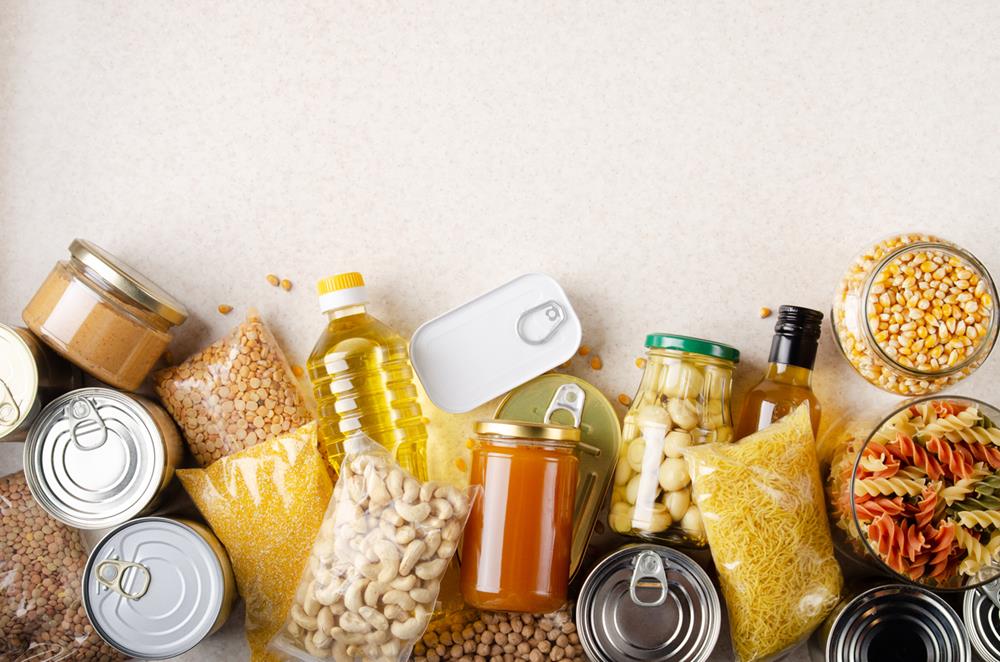
Keeping your emergency food supply fresh and reliable requires consistent monitoring and smart rotation strategies. These tips will help ensure your stock stays safe, nutritious, and ready when you need it most.
Follow the FIFO Method
Use the First In, First Out (FIFO) system to ensure older items are used before newer ones. This helps prevent spoilage and minimizes waste.Rotate Canned Goods Regularly
Check canned foods every 2 to 4 years, and replace any that are nearing or past their expiration dates. Label each can with the purchase or expiration date for easy tracking.Store Dry Staples Properly
Bulk items like grains, legumes, and pasta should be kept in clean, dry, and dark areas. When stored correctly in airtight containers, these staples can last up to 30 years.Do Monthly Checkups
Once a month, review your emergency meals. Make sure they still align with your taste preferences, dietary needs, and portion requirements. Swap out meals you no longer want.Monitor Water Supplies
Replace stored water every six months, and inspect containers for signs of leaks, cracks, or contamination. Consider using food-grade containers and water treatment options for added safety.
Regular upkeep of your emergency food and water supplies ensures you're not just stocked—but truly ready when it counts.

